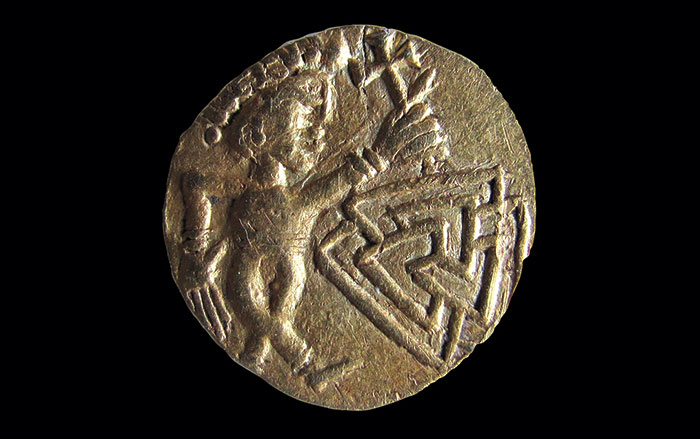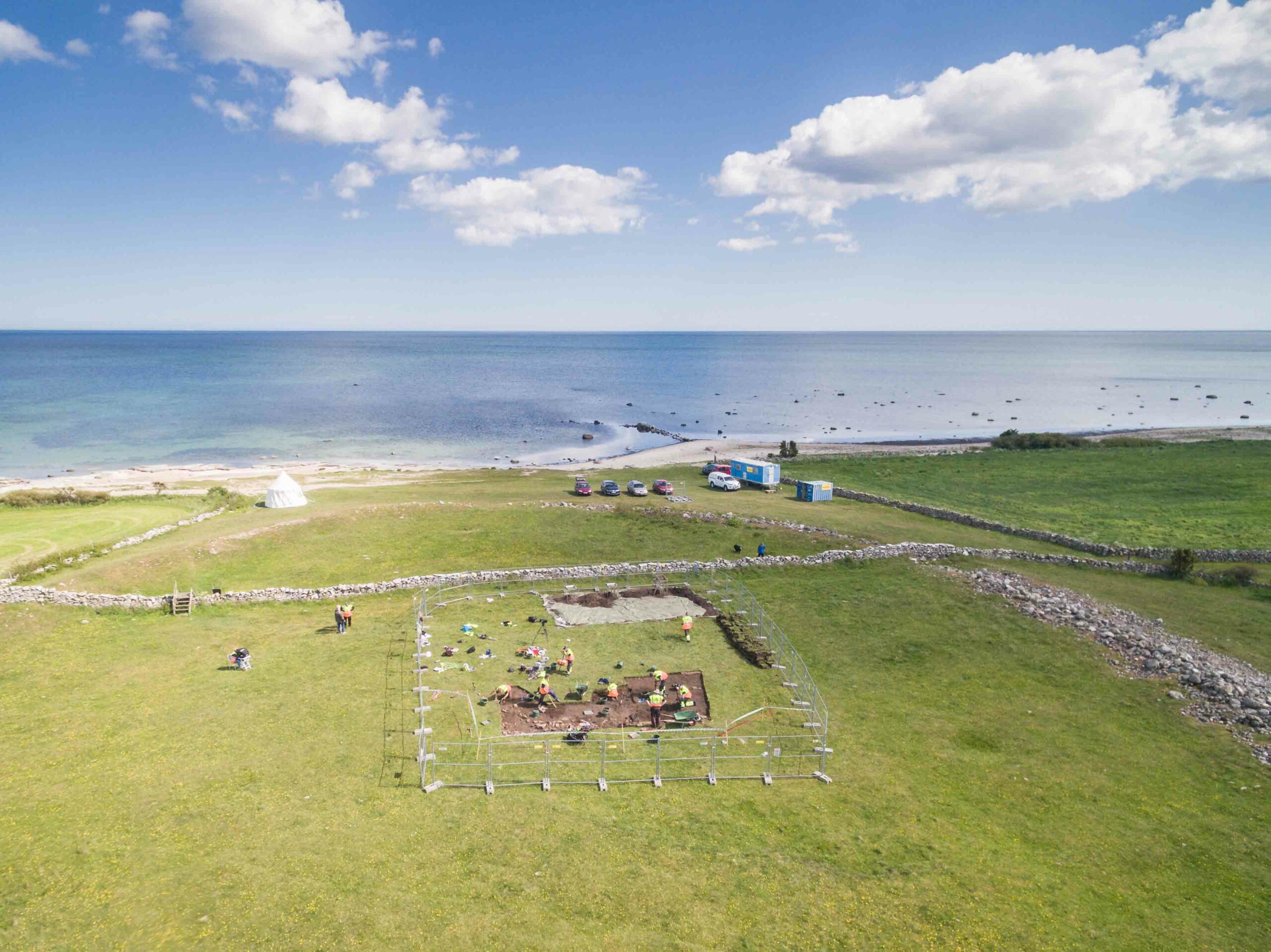
ZÜRICH, SWITZERLAND—Spring flooding may have pushed the invading Mongols out of Hungary in 1242, according to a study of Eastern European climate history conducted by Nicola Di Cosmo of Princeton University and Ulf Büntgen of the Swiss Federal Research Institute WSL. Tree-ring data from northern Scandinavia, the Polar Ural, the Romanian Carpathians, the Austrian Alps, and the Russian Altai suggests that in 1242, southern Poland, the Czech Republic, western Slovakia, northwestern Hungary, and eastern Austria experienced a cold and snowy winter that was followed by an exceptionally wet spring. Di Cosmo told Live Science that the Mongol commanders, who had brought at least 130,000 troops and perhaps 65,000 horses into the region, might have been bogged down in pastures that had turned into muddy marshes. That could account for their sudden retreat through the Carpathian foothills and other elevated areas. “This is one of the very few cases in which we can identify a minor climatic change on just one winter and link it to a particularly important historical event,” Di Cosmo explained. For more, go to "Mongol Fashion Statement."










